Released: 7th April 1997
Writers: Eliot Kennedy / Pam Sheyne
Peak position: #8
Chart run: 8-27-36-52
In the ‘90s, topping the chart was deemed the ultimate goal – nay, purpose – of most pop acts. But some had their sights set even higher. Four singles into his career, Kavana turned his attention to the very way in which we communicated and redefined it forever (probably).
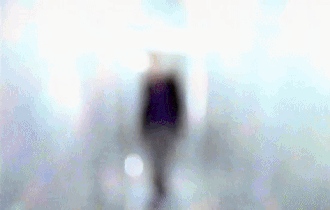
As a pop persona, Kavana was ubiquitous within the late ‘90s music magazines, particularly Smash Hits. If you were even a semi-regular reader of such publications, then you definitely knew of him because rarely an issue went by without his name being mentioned one way or another. In that sense, the marketing behind him was faultlessly on point. But how much was really known about Kavana? Somehow, all of the column inches he generated failed to convey that he wrote (or co-wrote) three-quarters of his debut album. And while this sort of information wasn’t necessarily significant to impressionable young pop fans, it’s symptomatic of the fact that the music took a bit of a back seat in favour of focusing on his looks (Kavana is the epitome of a ‘90s teen pin-up, make no mistake). From the level of exposure he commanded, it would not have been unreasonable to assume Kavana must have been enjoying a reasonable degree of chart success. So, it may come as a surprise to learn that he only had two top ten hits, MFEO being one of them.
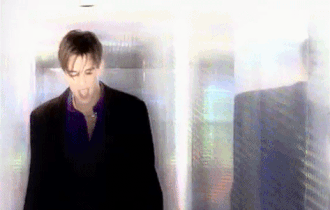
This track arrived at a critical point in his career. Kavana’s first two singles had fared poorly, both missing the top 20, which was a reasonably bleak outcome by late ‘90s standards. However, he’d finally cracked the top ten via the trusty route of a well-timed – and hastily recorded – cover version with his take on Shalamar’s I Can Make You Feel Good. Now though, it was time to test the waters once again with an original song. And it’s a good one.
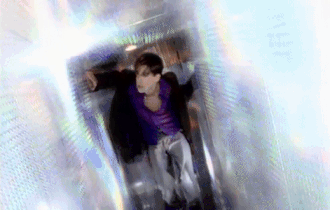
MFEO – that’s Made For Each Other, because why use five syllables when four will suffice – was produced by Cutfather & Joe. The duo have an extensive history, but the previous year they’d worked on Return Of The Mack, and thus the two songs share a distinctively similar instrumental DNA, with beats that evoke an assured sense of swagger. Kavana and Mark Morrison aren’t obvious artists to link together, and it’s not the case that MFEO is a blatant copy, but there are credible parallels, nonetheless. The track gives a good sense of the kind of artist Kavana was, with bouncy R&B-tinged production (there’s even a rap, courtesy of Phoebe One) that captures the same nostalgic twinkle as some of the Spice album tracks. His vocals also have a smooth charm, with inflections strongly reminiscent of George Michael.
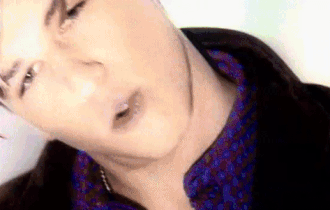
While Kavana was typically presented as the squeaky-clean, doe-eyed (impossibly good-looking) boy next door, MFEO is a little more forward than that. This was about as hot and heavy as pop music could be back in 1997: “When you touch me there, when you kiss that way baby, you just take my breath away; when you move in close, your skin’s on mine, ah-don’t stop, ‘cos we’re doing it right”. In all, this track doesn’t necessarily come across as one whose qualities immediately fit the tween demographic Kavana was so aggressively marketed towards. It made sense that Virgin Records wanted to tap into their spending power, but somewhere along the line, the focus had to shift from his look to his music. Based on MFEO, that was entirely possible. Yet, it’s difficult to imagine the audience would have truly appreciated what the song was trying to do and from where it was drawing its influences.
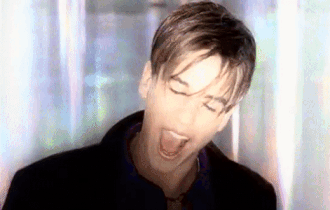
Less evident at the time was the cultural relevance of this track. Although the history of the initialisms used in (predominantly) electronic communication is woolly, MFEO must surely represent one of the earliest widely recorded uses of that particular one. It’s not permeated quite so extensively as the likes of LOL and OMG, but it is, nevertheless, still recognised and used across many social media platforms; none of which existed back in 1997. Indeed, it had no real purpose at the time, besides using it affectionately in the playground or scribbling it in a scrapbook of magazine cuttings featuring the teen heartthrob(s) one might be lusting after. So, this is a pretty sterling example of forward-planning in pop music.
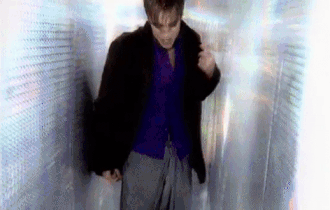
As later revealed during ITV2’s The Big Reunion, the music video for MFEO was filmed when Kavana was – politely speaking – feeling a little worse for wear. That probably doesn’t come as much of a surprise watching it back now, although fortunately, he wasn’t required to do much more than crawl blearily eyed through a giant white tunnel for three and a half minutes. Aesthetically, this is a delightful reminder of that quintessentially ‘90s pop-music-on-a-modest-budget look, which accounted for many videos on rotation at the time. There’s little more to it than Kavana strutting backwards and forwards while flicking his hair (*swoon*), and that is what informed our understanding of how to dance and be cool. If you watch the video and recognise the moves from school discos – bouncing on the spot, caressing the walls and grasping gently at your clothes – then it’s likely that songs like MFEO were also your reference point, whether you knew it or not. And honestly, what a time to be alive.
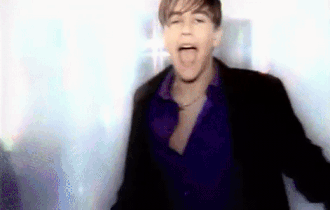
If there was an opportune moment for Kavana to bag a(nother) top ten hit, then this was it. MFEO peaked at #8 in the UK, matching the position of I Can Make You Feel Good and setting up the release of his debut album three weeks later. Alas, things didn’t fare quite so well on that front; Kavana reached #29 and spent just a fortnight on the chart. It was a difficult predicament because while it’s understandable that Virgin Records wanted Kavana to have some hits under his belt before pushing ahead, already being four singles deep into the campaign didn’t give much room for manoeuvre. That’s not to say it was a lost cause, but pressing the album with a “special low price” label on the front and using Crazy Chance ’97 – a re-release of Kavana’s debut single, which originally peaked at #35 – didn’t indicate a whole lot of confidence in the project.
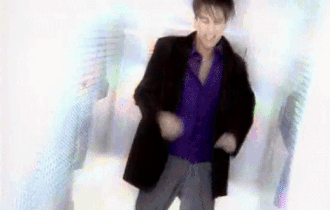
Amidst the explosion of pop acts around this time, Kavana is often – unfairly – overlooked. But MFEO is an excellent example of the low-key bops that he was sneaking into the chart. His status as a teen heartthrob was largely unrivalled – and definitely helped in the absence of more visible chart success – but that was no reason to let the music play second fiddle.



